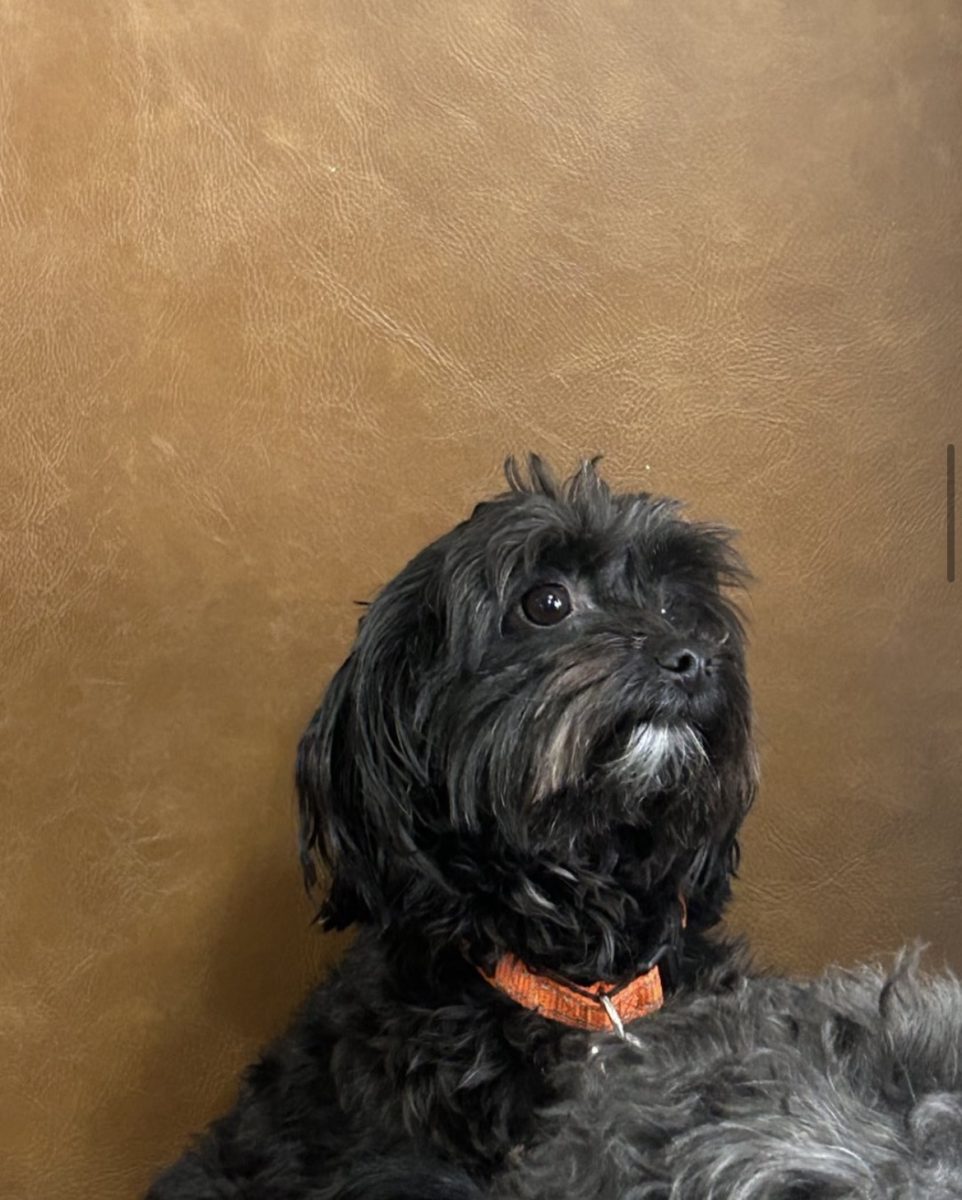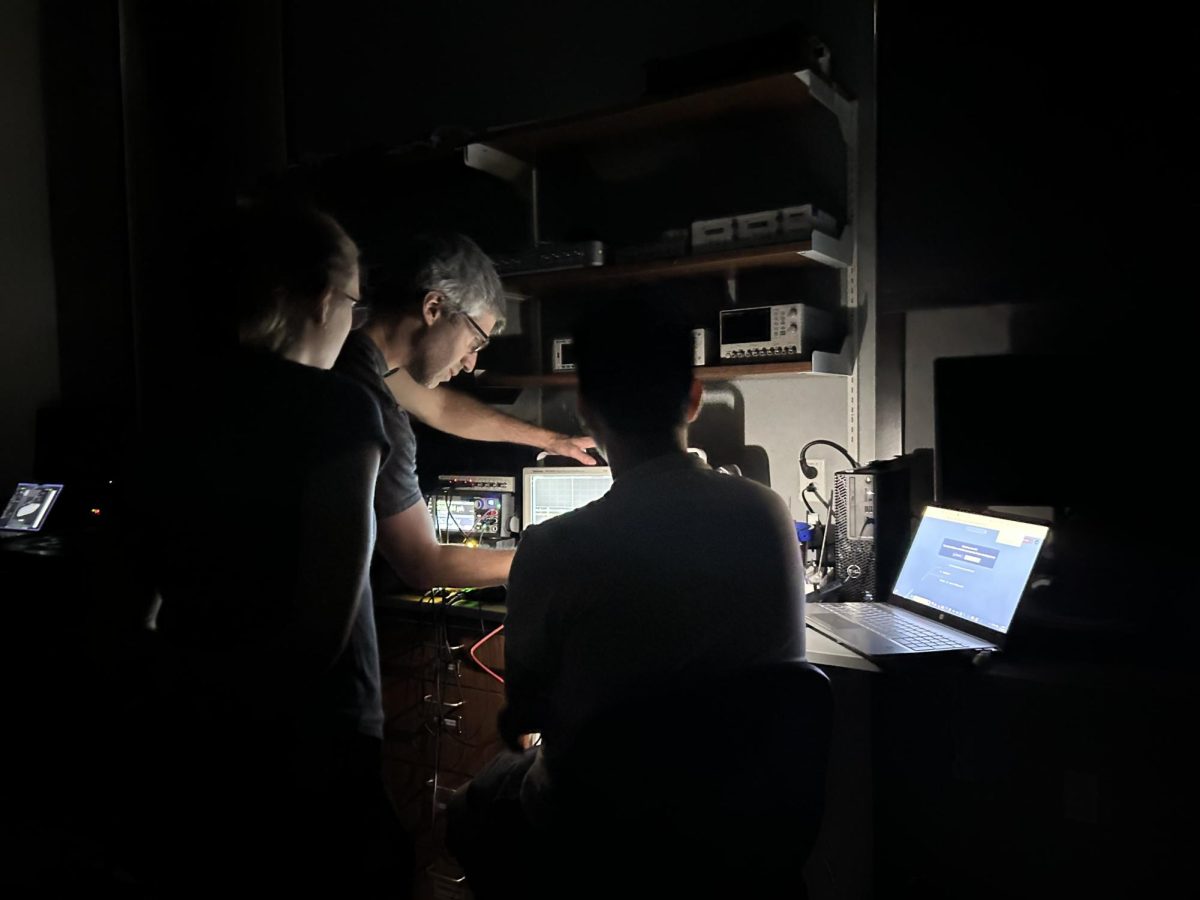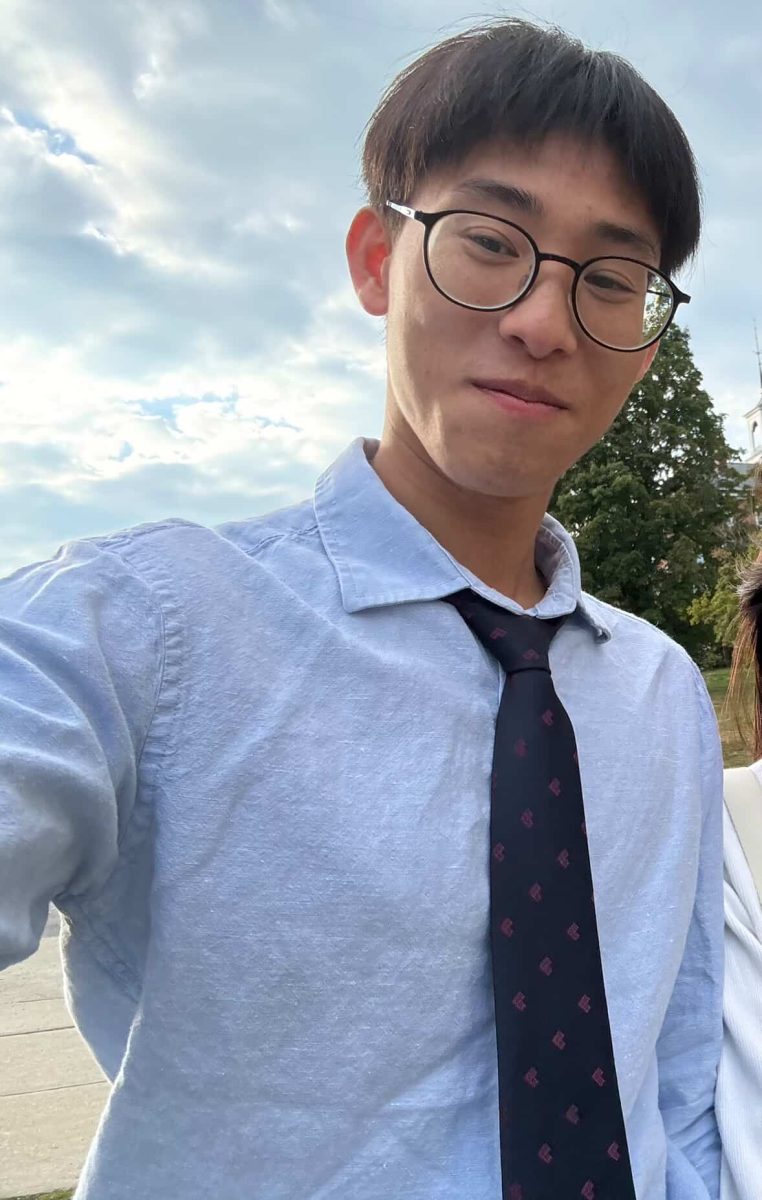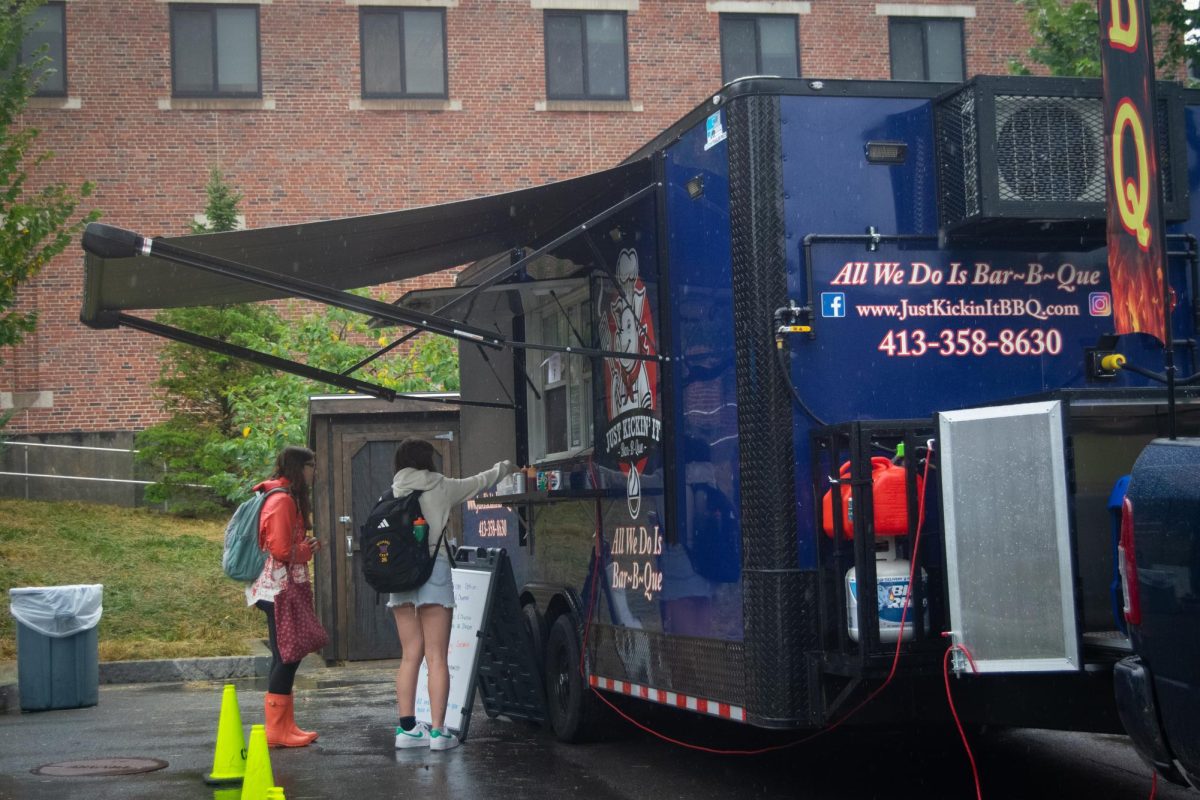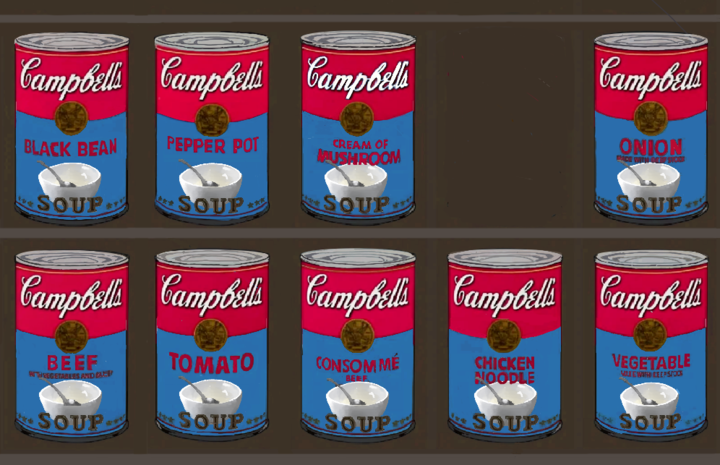“I feel like a lot of people think that the only places that exist in real life are New York, Massachusetts and California,” said Maximillian Peters ’23, one of the two current Ephs from South Dakota. “And when it comes to places like South Dakota, on the rare occasions they contemplate their existence, it’s always in the abstract. But actually, people live there!”
While most domestic students come from the urbanized coasts of the country, much of America lies in between. As a result, misconceptions about this region abound.
One of the biggest stereotypes Peters has heard is that his state consists entirely of farmland. But he’s from Sioux Falls, the biggest city in South Dakota, with a population of almost 177,000, or 20 percent of the state’s population.
“It’s not a big city, but because it has a lot of people compared to other towns in the region, it has a lot of nice amenities,” he said. “We have entertainment, we have sports, we have shopping … I think we might have the most restaurants per capita in the U.S. So it’s a really nice place to live.”
Peters met the only other student from South Dakota, Grace Brose ’23, by coincidence on his first flight to campus. While Peters hails from the relatively urbanized half of South Dakota on the East side of the Missouri River (dubbed “East River,” if you’re a South Dakotan), Brose comes from New Underwood, a town in the sparser “West River” half.
“It’s in the middle of nowhere,” she said of New Underwood. “The population is just over 600 people. So very different from Max’s experience.” Brose’s high school employs four teachers (math, English, science and social studies) and had a graduating class of 20 people. “Our roads are not paved,” she added. “There’s not a stoplight. There’s one cop in town. His name is Jeff.”
Peters’ and Brose’s experiences are representative of many students from the middle of the country; whatever the stereotypes of the region may be, they’re sometimes right but more often very wrong. If there’s one thing that every College student from the central U.S. agrees on, it’s that there’s no single prototypical experience.
The College’s two Idahoans (that’s three syllables), Audrey Rustad ’20 and Will Snyder ’21, echo that diversity. Rustad comes from Boise, Idaho’s largest city and a relatively politically conservative area, while Snyder’s mountain hometown of Sun Valley is a “crunchy liberal enclave.” Both the College’s Arkansans (pronounced, irksomely, like the other Kansas) come from a setting neither urban nor rural: a sprawling suburbia called Rogers, Arkansas, which was built almost from the ground up by the family that created Walmart.
Another stereotype that people from underrepresented states often face is that their home states are integral parts of their identities. Rheanna Fleming ’23, one of the Arkansans, actually spent most of her childhood in upstate New York, and only moved to Arkansas for high school.
“It’s always sort of a weird thing to navigate,” she said. “Should I say I’m from New York? Should I say I’m from Arkansas? … I don’t feel particularly attached to Arkansas. I haven’t really made up my mind about it, to be honest.”
Yannick Davidson ’23, the College’s sole student from West Virginia, has actually only spent a grand total of three weeks in his “hometown” of Morgantown. He spent much of his childhood in Pittsburgh, Pennsylvania, and went to high school in Norman, Oklahoma; his parents moved to West Virginia only after he had already left for Williamstown. “I feel generally connected to the area, but not especially connected to the specific city in West Virginia,” he said.
For others though, who do identify strongly with their states, the move to Massachusetts can be a jarring one. Rustad has been at the College for almost four years now, but she recalls definite cultural differences that startled her when she first arrived from Idaho.
“I think people in Idaho are a lot more easygoing, relaxed, friendly,” she said. “And people at Williams are extremely friendly. It’s just that [Idaho] is a little more casual … I feel integrated, but I think I’ve definitely had to change in some ways in order to feel integrated. I was a total hippie in high school — like, full-blown hippie — and there wasn’t a lot of that here.”
Brose, too, struggled with some culture shock when she first arrived from South Dakota, and continues to even now. “I’ve kind of had to give up the idea of trying to relate to people, and instead just be appreciative of the differences I have with people, and what I can learn from that,” she said. “I have not met anyone here from a town of less than a thousand people, and most people in my high school are not going to college because they’re going back to work on their family farms and ranches … So nobody here can understand what it’s like for me at home, and no one at home has any idea what it’s like for me here.”
Like other Ephs from small-town, middle-American backgrounds — whether they’re the only student from their state or not — Brose struggled with her dual identity but eventually came to recognize it as a blessing. “It was really hard for a while, but it came to be something that I had to accept,” she said. “It’s really cool that I get to do something that not a lot of people get to do, and have a foot in both sides of those worlds.”




